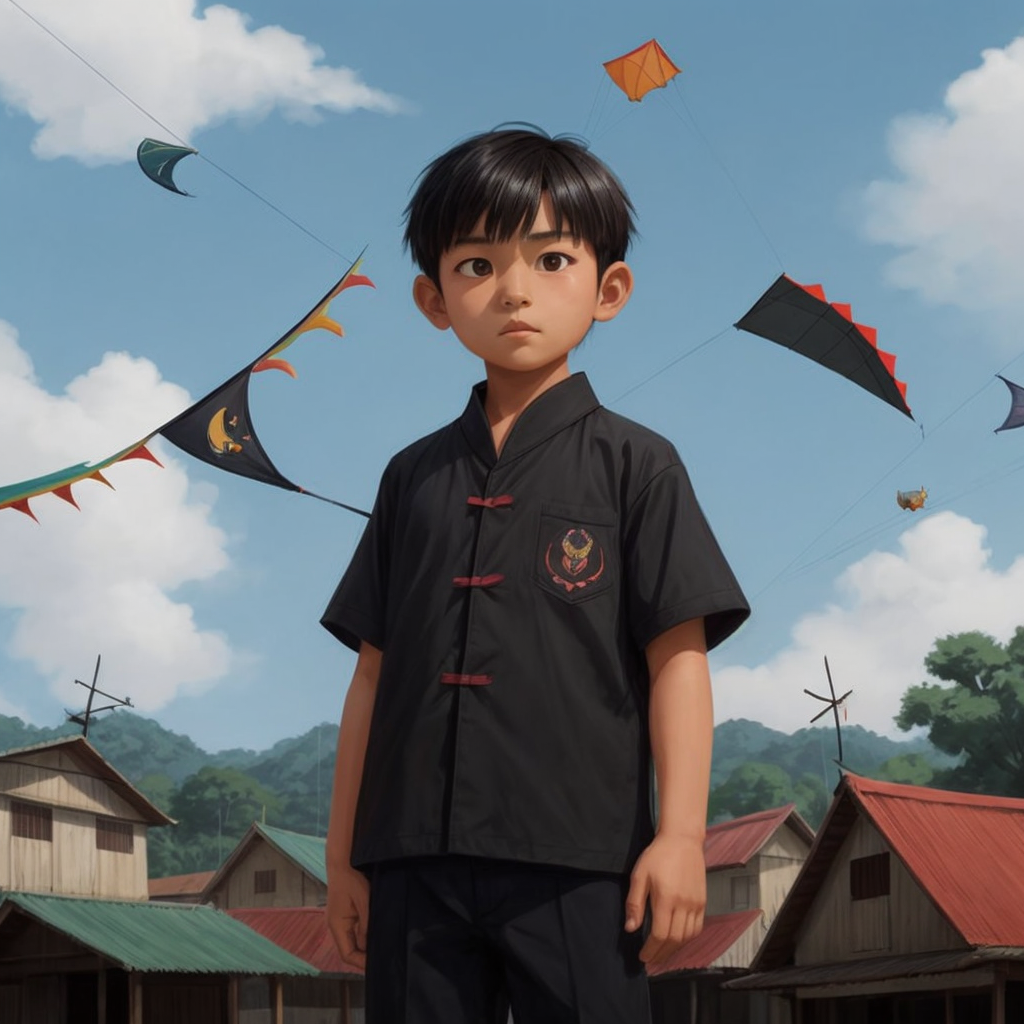

Recommend

"Zeke and Grandma's Adventures: A Tale of Love and Imagination" is a heartening story that celebrates the magic of childhood, the power of imagination, and the enduring bond between grandparent and grandchild. Join Zeke and Grandma on their enchanting journey, where every moment is a treasure to be cherished forever!

Godzilla arrives in the little Australian town of Atherton. He bumbles around with humorous consequences.

Bert is having a birthday today he was so excited to celebrate it but all the people around him doesn't act like it doesn't know that it was his special day and twist is they act as if they don't know it but in the end he wa surprised by people who love him

A brave princess explores the scary forest, and finds a lonely wolf who just wants friends

a lion in tghe jungle of african savannah
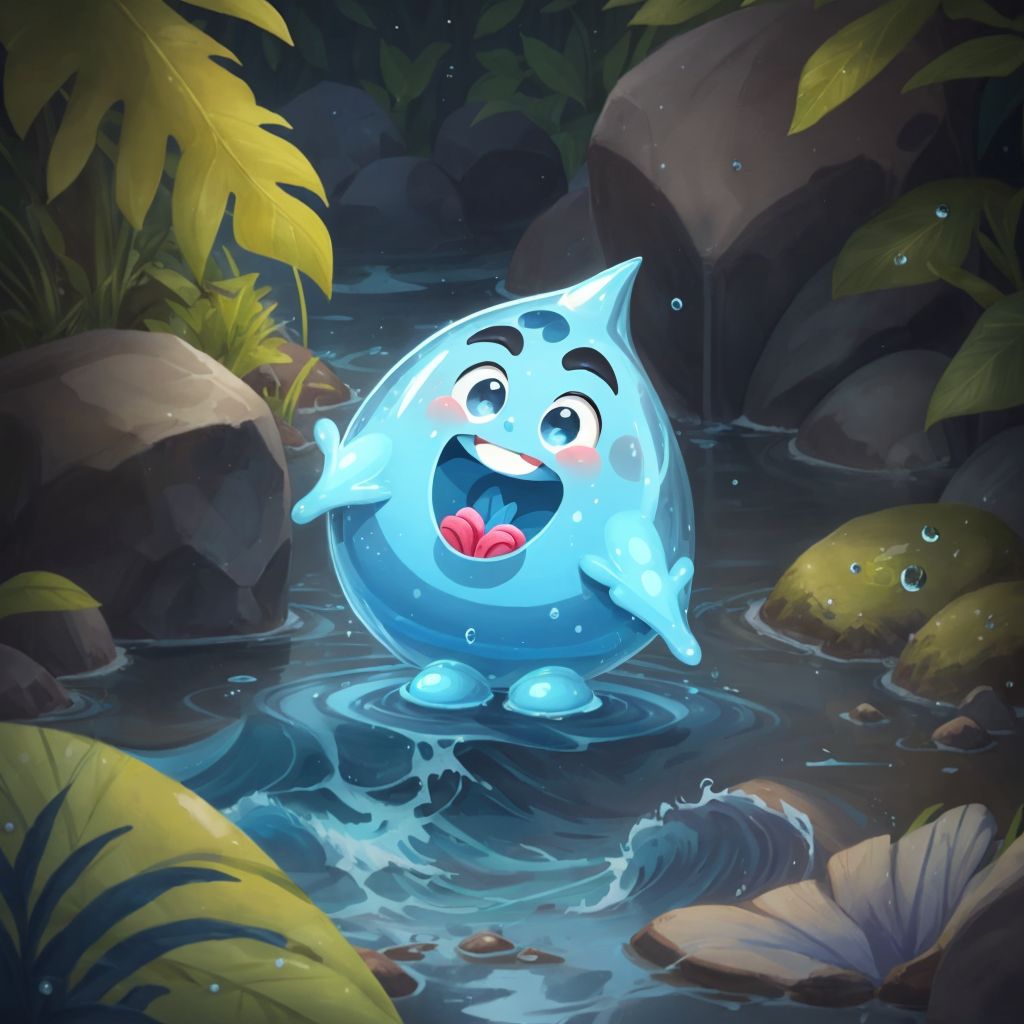
Willow is a tiny, bubbly water droplet who embarks on an exciting adventure to explore the important roles she plays in the human body. From keeping food moist to helping remove waste, Willow discovers all the amazing ways water supports health and wellness. Along the way, children will learn why staying hydrated is so important, and Willow's adventure will teach them how water helps every part of the body.
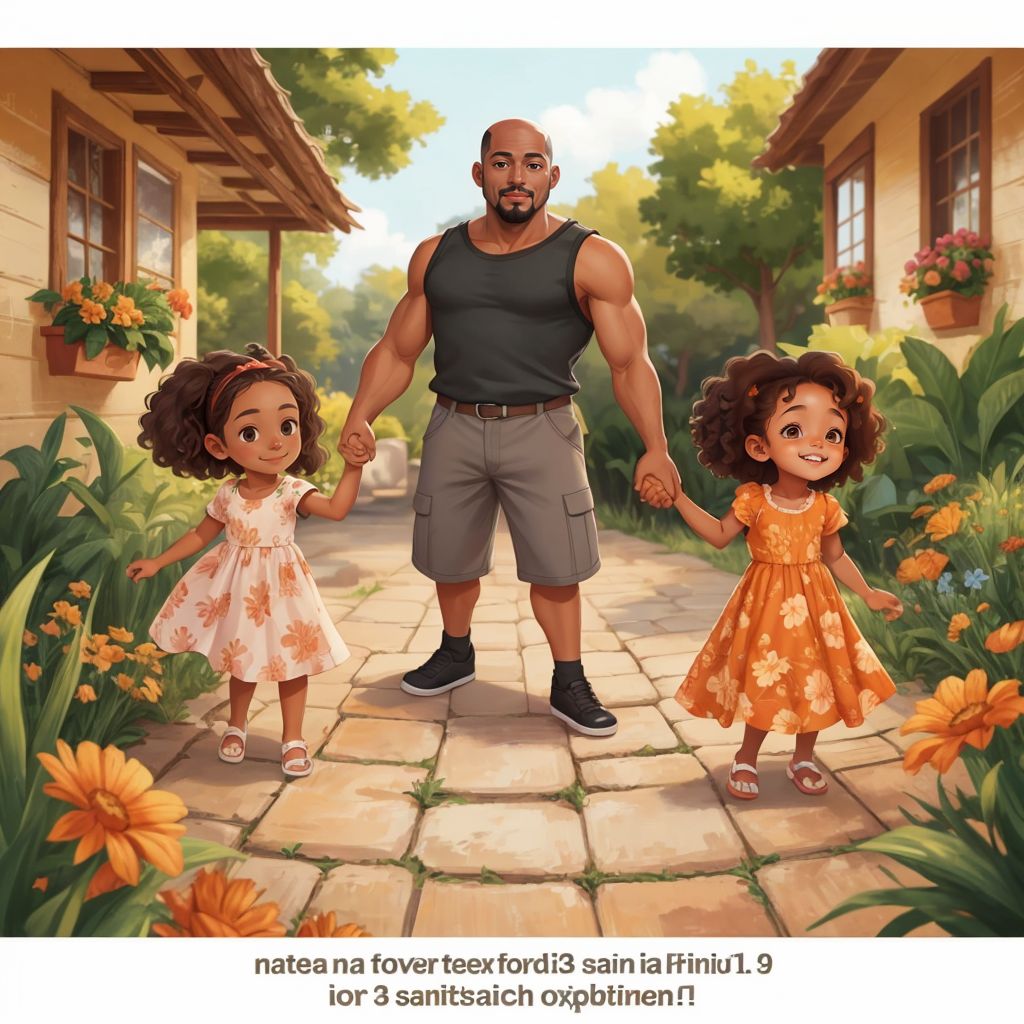
This is a story about two black sisters, Hailee 8, and Kailee 4. The Sisters love adventure and one day set out with their dad to visit the pond near their home. They pass the icecream man where Kailee ask for a magical icecream (rainbow flavour) before heading to the pond where they discover ducks, frogs and other creature in their magical world.
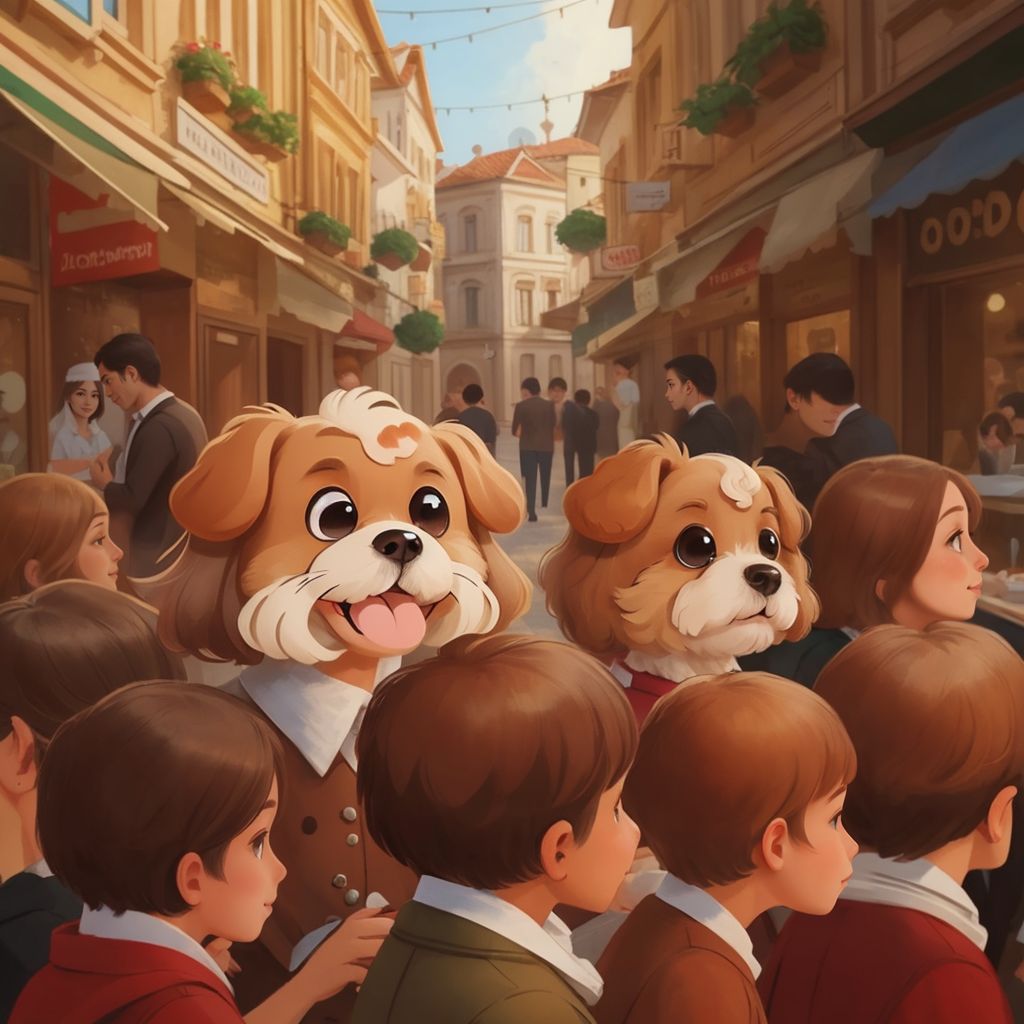
The story is about how a little dog named Coco lost his parents. He lived in Istanbul, in a cold gray city. For about 3 months he was looking for a way to his parents. He drove for 10 hours in a car with strangers. He flew for 12 hours in luggage on a plane. He was scared, whining, crying. And finally he found his parents on the island of Phuket. He cried, jumped with happiness and was the happiest dog. Now Coco lives with her parents by the sea.

a shopping adventure and try's on jewlery, dress, shoes etc.

his hilarious, caffeine-fueled survival guide dives into the absurd, chaotic, and often thankless life of a teacher. With a mix of snark, rhyme, and brutal honesty, it walks readers through a typical school day—from the groggy, coffee-chugging morning routine to the final bell when students flee like escaped convicts. Inside, you’ll find: ☕ Morning struggles, where the snooze button is your best friend and coffee is your lifeline. 📚 Classroom chaos, featuring students climbing bookshelves, eating glue, and arguing over Pokémon cards. 🎭 Teaching realities, where inspiring young minds is secondary to preventing minor disasters. 🥪 Lunch break that isn’t a break, because you’re too busy mediating playground wars and answering emails. 🧟♂️ The afternoon slump, where both teachers and students enter zombie mode. 🏃 The sweet escape at the end of the day… until grading, emails, and meetings pull you back in. Despite the exhaustion, low pay, and near-constant existential crises, the book reminds teachers why they do it—the small, heartwarming moments when a student finally “gets it” or tells you, "You’re my favorite teacher."
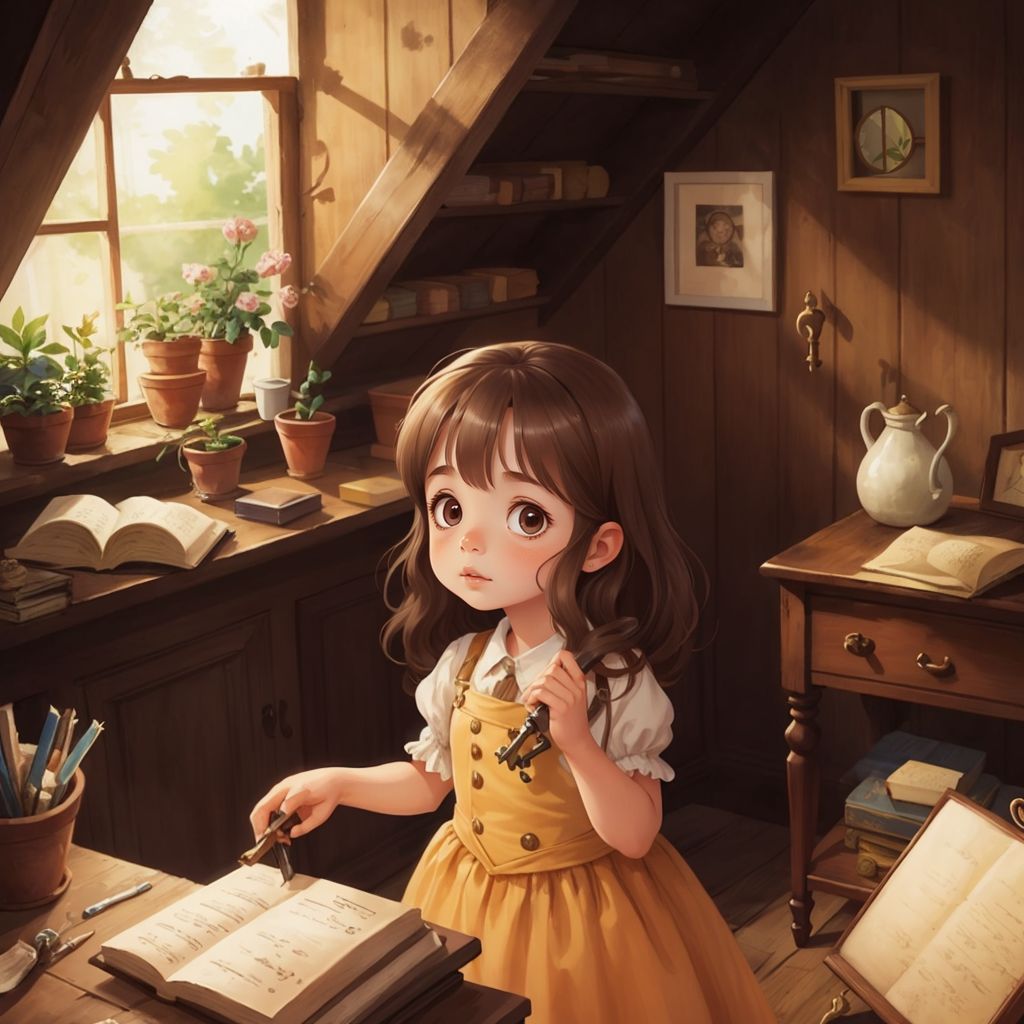
Girl visits grandparent in the village, she finds a garden which is full of secrets and adventures
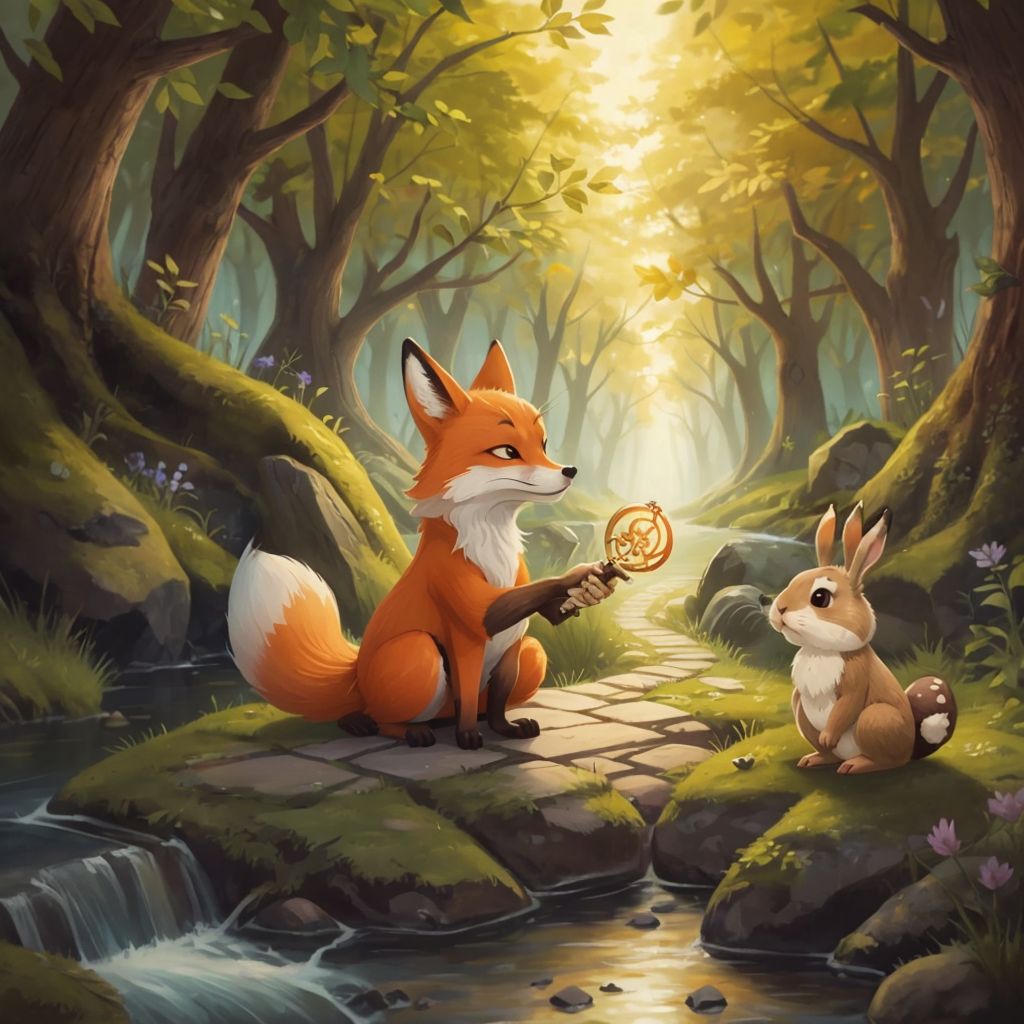
In a beautiful forest, a curious little fox named Foxy finds a golden key and embarks on an adventure with his new friend, Bunny. They discover a magical garden hidden within an old oak tree, where a kind fairy welcomes them. The fairy explains that the garden is for good and curious animals who want to learn and help others. Foxy and Bunny promise to do so and return home, knowing they can visit the magical garden anytime. Foxy's mother is proud of his adventure, and the two friends continue to visit the garden to help other animals and learn new things.

Папа Мама Мойшик Хана Адель Мейр любят путешествовать и они поехали в Карпаты и нашли в реке бутылку с картой и по ней нашли клад с сокровищем

1. Saçları örgülü küçük bir kız çocuğu çiz. Gülümsüyor. 2. Çocuk annesi ve kendisi ile aynı yaştaki erkek kardeşi ile yürüyor. 3. Dede çocuğa hikaye anlatıyor. 4. Çocuk oyuncak bebekler ile oynuyor. 5. Çocuk uyuyor rüyasında konuşan bir serçe görüyor 6. Çocuk uyuyor rüyasında konuşan bir kelebek görüyor 7. Çocuk uyuyor rüyasında konuşan bir arı görüyor 8. çocuk aynanın karşısında kendisine bakıyor

Once upon a time, there was a girl named Qing Qing. She was full of joy, and her laughter sounded like little bells—“Qing! Qing!” She loved singing, twirling, and dreaming about magical things. When Qing Qing grew up, she became Celist. Celist was a singer with a voice as sweet as honey. She sang in cozy clubs, where the lights sparkled, and everyone clapped. People loved her songs and her kind heart. But Celist had another wish. She dreamed of meeting someone special to share her life with. Then one sunny day, Celist met Nabil. When they looked at each other, their hearts went sparkle, sparkle! They made each other laugh, and together, they were as happy as Kaya and Butter! Soon after, something amazing happened—Celist and Nabil found out they were going to have a baby. Do you know who that baby was? It was YOU! When you were born, the stars danced, and the whole world felt brighter. Mama and Papa knew right away that you were their greatest treasure. Now you are one! One whole year of hugs, kisses, and giggles. You are the happiest little star, always shining bright. Wherever you go, you make everyone smile. This is just the beginning of your story, Atheena. We can’t wait to see all the wonderful things you’ll do. You are loved more than all the stars in the sky and all the bubbles in the ocean. A Birthday Poem for You You’re one today—hooray, hooray! A little star lighting up our way. Your giggles bring the world such cheer, You’re loved so much, my dear, my dear. Happy birthday, sweet baby girl, You are the magic in our world!
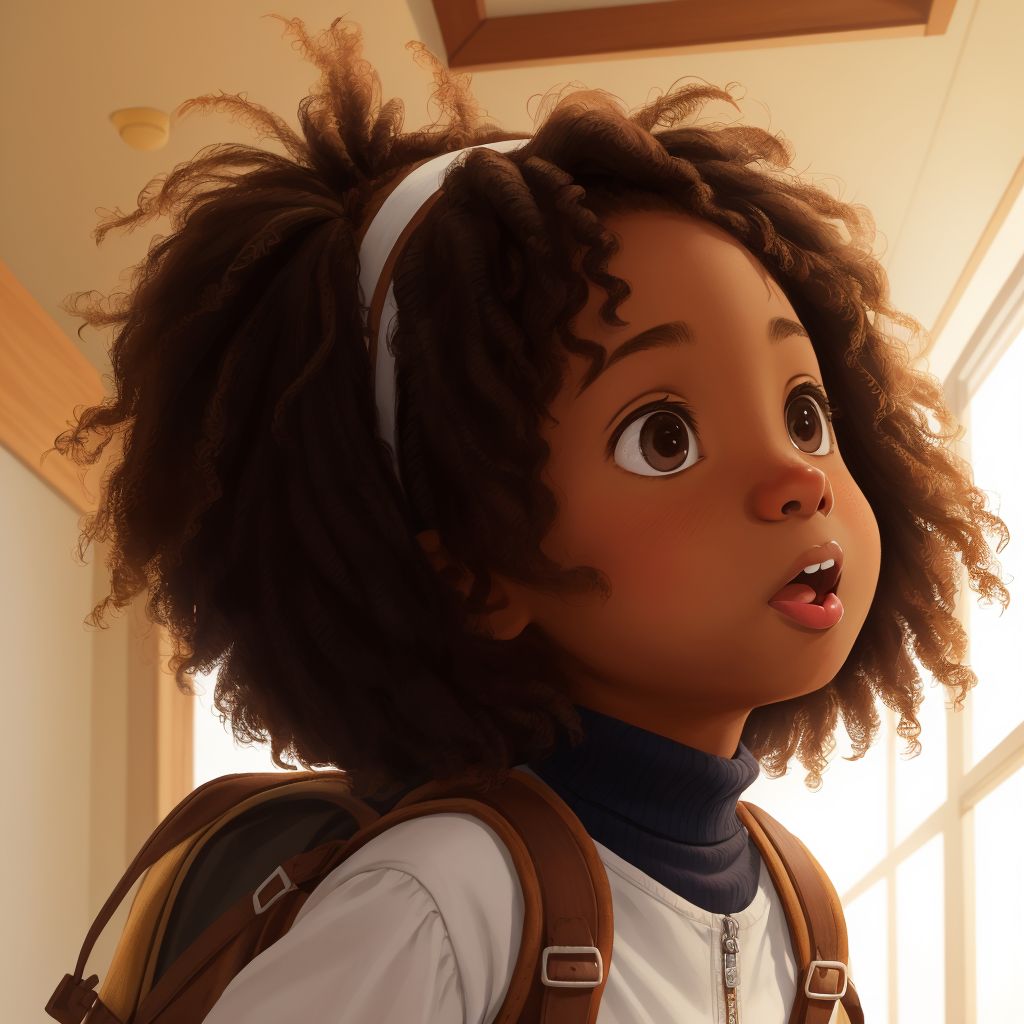
Ein kleines Mädchen reist durch die Welt und entdeckt dabei zahlreiche Wunder der Natur. Sie kehrt glücklich nach Hause zurück.
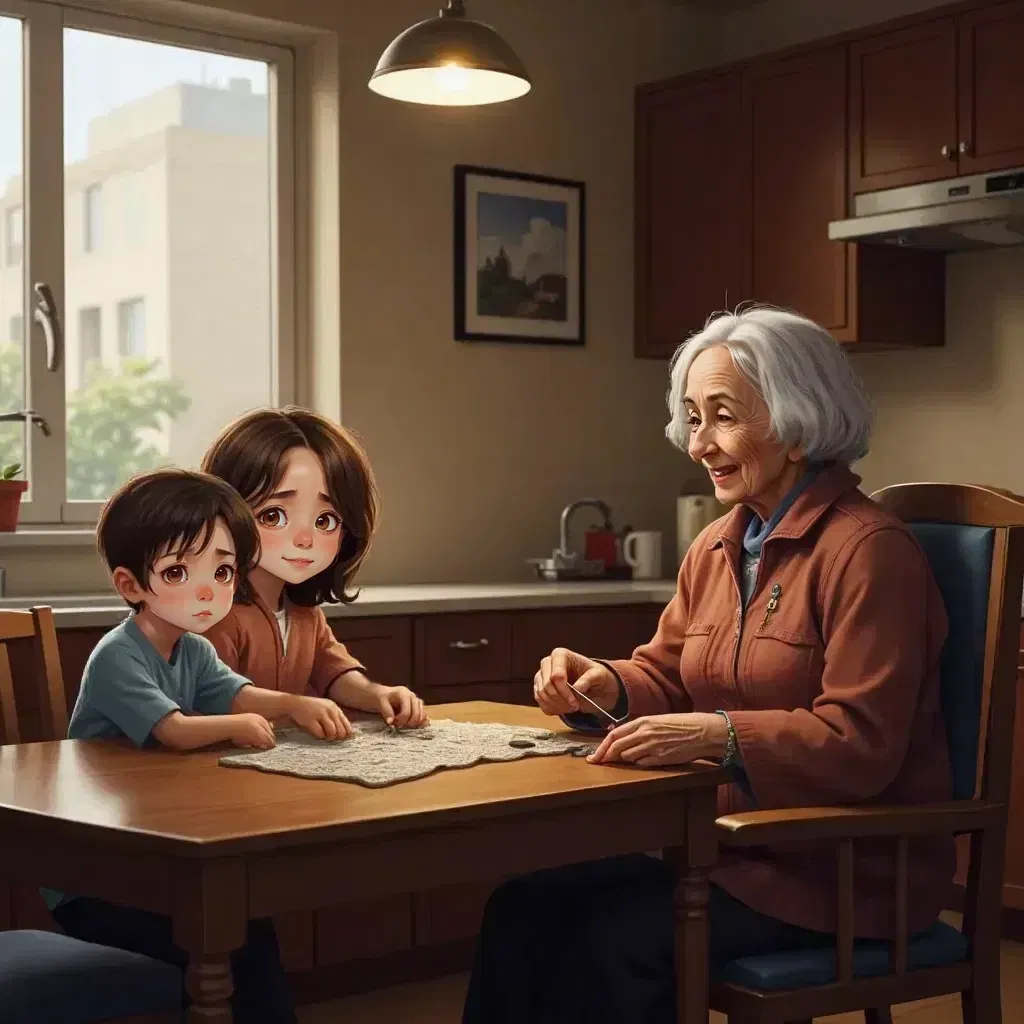
1: The two children are sitting at the table, groaning about their math homework. “Grandma sits relaxed in her rocking chair, crocheting. “I’m doing math too,” she says with a smile. Illustration: A cozy living room with maritime elements (a ship model, seashells). 2: “What, this is math?” ask the children. Grandma smiles. “Come with me, I’ll show you!” Living room begins to transform into a ship landscape. ⸻ 3: Grandma and the children stand on a ship, putting on diving suits. “There’s math everywhere under the water,” says Grandma. 4. Only Grandma and the children’s heads are visible above the water. The children call out, “We’re in the sea, Grandma! Where is the math?” Grandma smiles, “Trust me.” 5. only the children’s feet with flippers as they glide into the water. In the foreground: fish curiously wondering about math. 6. The children are exploring corals, starfish, and seashells—geometric patterns everywhere. 7. The crab makes a perfect parallell line in the sand. The children watch in fascination. Grandma explains euklidean geometry. 8. A puffed-up pufferfish surrounded by rising bubbles. grandma explains spharical geometry. 9. Illustration: Beautiful, organic coral formations with flowing, hyperbolic structures. Explanation of hyperbolic geometry 10. They slowly rise to the surface. “Math is everywhere!” 11. Back on the ship, Grandma picks up her crocheting again. “Do you see now that this is math?” 12. back home

Gatos mentirosos

The Witch and the Shark In the ocean, deep and blue,Lived a shark named Finn, who everyone knew.He loved to swim, so fast, so free,Gliding through the endless sea. Finn was huge, a giant so wide,With tiny fins on his massive side.His belly was white, his body light blue,With eyes so big, they sparkled too! He swam like a whale but faster, more free,A gentle giant beneath the sea.Though big and strong, he’d never bite,He’d rather play from day to night! But in the woods, both dark and tall,Lived a witch with a cackling call.Morwen was old, with skin dark green,The grumpiest witch you'd ever seen!Her nose was crooked, her fingers long,She loved to lie and sing spells wrong! The volcano rumbled, big and bold,Spitting smoke and lava cold.Morwen thought, "To calm this flame,A giant shark shall end its claim!" With magic words and swirls of air,She pulled Finn up—oh, what a scare!Through the jungle, past the trees,Over mountains, past the seas. The animals gasped, they saw him fly,A shark up high, up in the sky!“We must act fast, we must be spry,Or Finn will roast before our eyes!" The wise old turtle, slow but smart,Spread the word, made a start.The mighty sea spirit heard the call,And sent a wave—so huge, so tall! Just before Finn took the drop,The ocean roared—SPLASH, PLOP!A mighty wave, so strong, so wide,Swept Finn safely back inside. Morwen shrieked, her spell went poof,She slipped and slid right off the roof!Down she tumbled, wet and mad,No more spells—oh, she was sad! And so, Finn swam, both safe and sound,With fishy friends all gathered ‘round.The sea was calm, the sky was bright,And all was well, both day and night. The end! 🌊✨

Idalia to blondynka z dwoma warkoczykami, Leon to blondyn z czerwonymi okularami, Filip to blondyn. Trójka rodzeństwa przygotowuje pierniczki na święta bożego Narodzenia. Po upieczeniu dekorują pierniczki a potem ubierają choinkę wspólnie się bawiąc.
